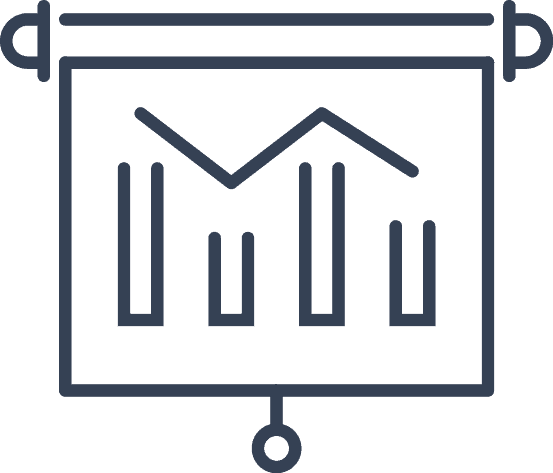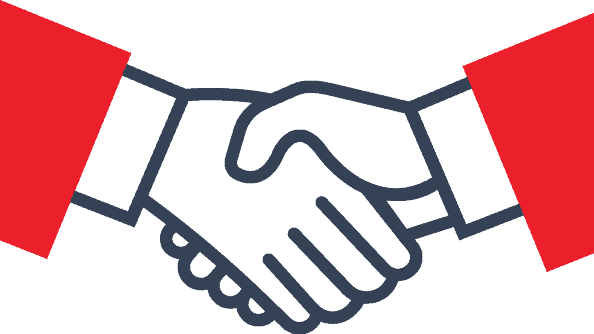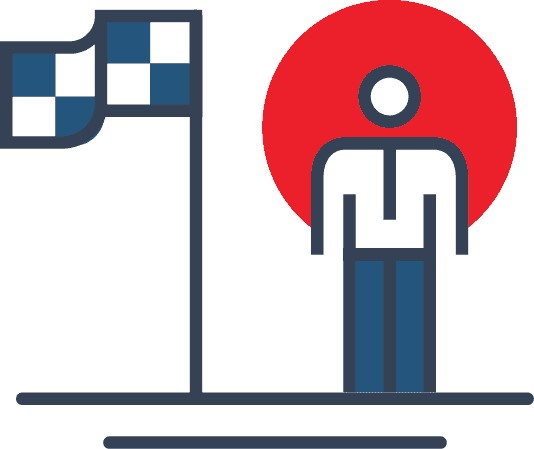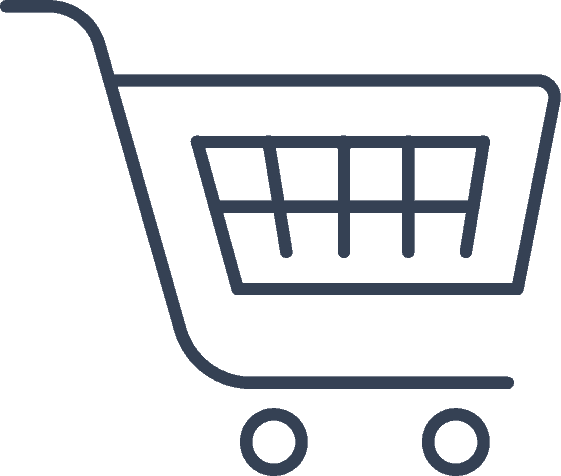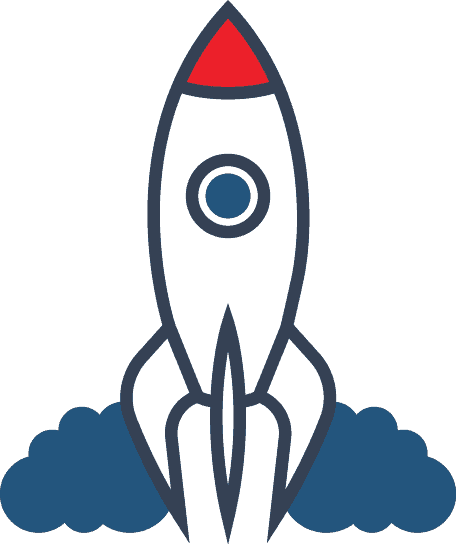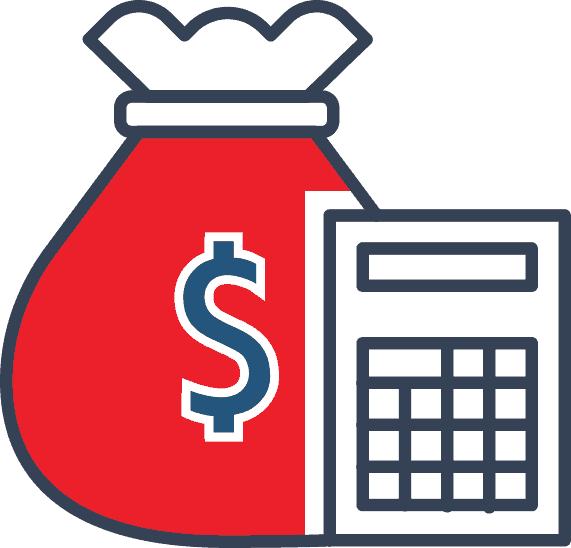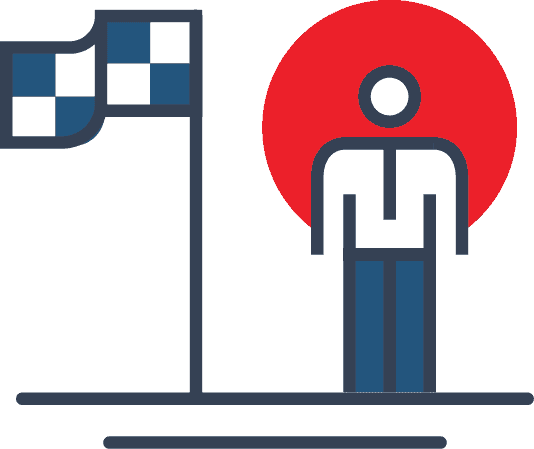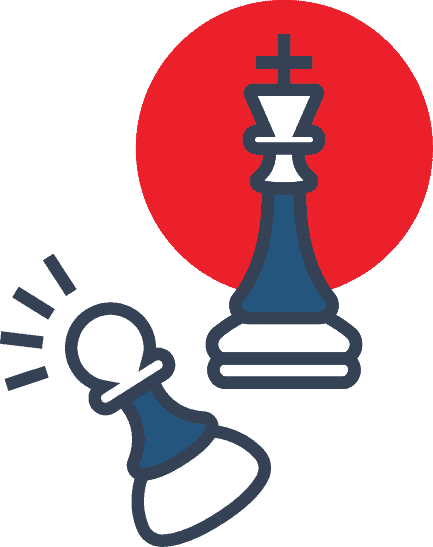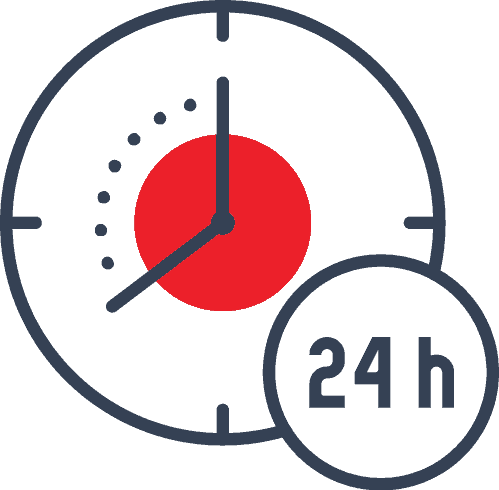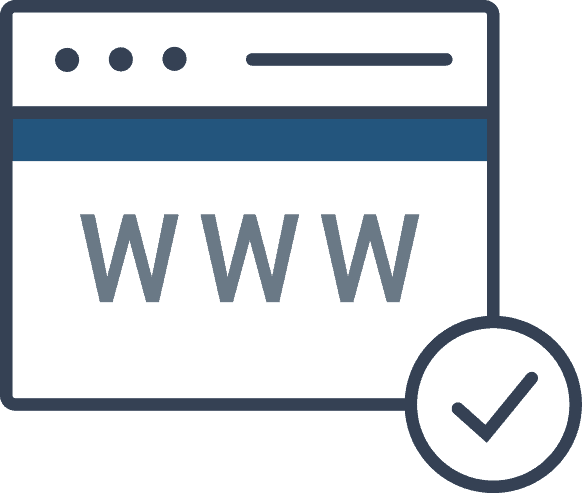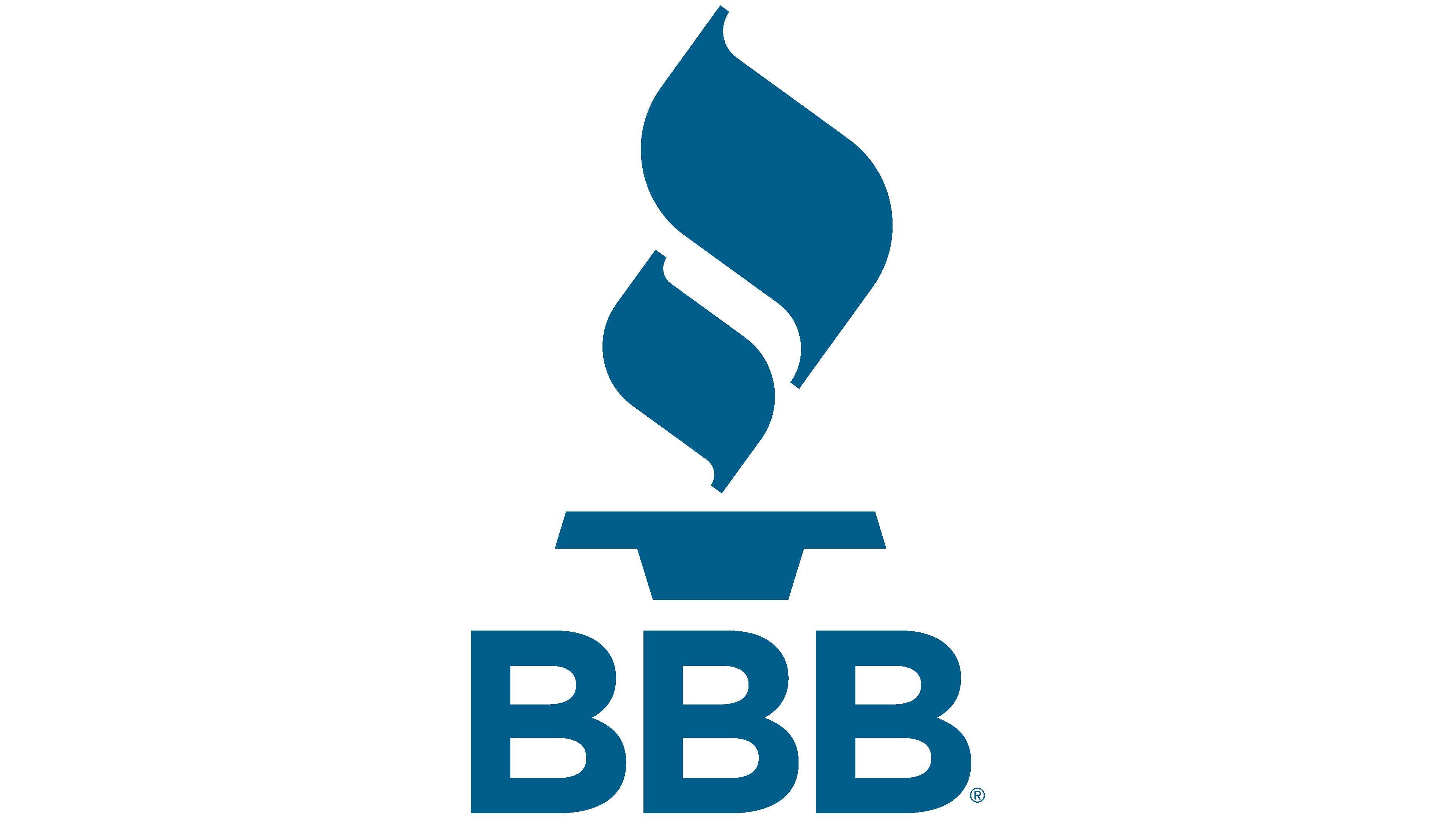When it comes to selling online, there are two very dangerous traps that many modern day marketers fall into.
One is the ditch called, “Push, push, push” where all you do is push your product. This is the ditch filled with old-school marketers who think advertising is the only way to get people to buy.
The other is the ditch called, “Sit back and let the business come to me.” Many inbound marketers take this path, expecting their hard work to bring a flood of interested customers their way.
Then there is a path between the two ditches. This path combines the methods of both types of marketers, leading directly to more sales. The key to staying on this path (and the key to generating massive sales online) is to create balance in your message. That requires you to fine tune your marketing for each stage of the customer lifecycle.
What is the Customer Lifecycle?
The term ‘customer lifecycle’ is a buzzword used quite a bit in the marketing industry. Even though it’s used so often, it tends to shift meaning depending on who you’re talking to. This makes it hard to nail down what specifically the customer lifecycle is.
Wikipedia says it well:
“Customer lifecycle management is the measurement of multiple customer related metrics, which, when analyzed for a period of time, indicate performance of a business.”
This can, and does, encompass a variety of key points. For example, some people use the term ‘customer lifecycle’ to represent the time from when the customer buys through when they become brand advocates. Others use the term ‘customer lifecycle’ to talk about the various types of customers that buy throughout the lifetime of your product.
I think of the customer lifecycle as the time from when a person becomes aware of your product to the time she buys and beyond. Here are the five stages:
- Awareness
- Consideration
- Selection
- Satisfaction
- Retention
Let’s dig into each of these more closely and look at how you can dominate at every one of these stages using smarter online marketing strategies.
1. Awareness
Before a person can buy from you, she needs to know your product exists. This is common sense, which is why it makes up the crux of how companies market themselves.
Ads are shown on television, social media sites and in newspapers. Salesmen are hired to spread the word about the business at networking events and by knocking on doors. Websites are built to educate the public about what is being offered.
In this stage, a business must tell a customer why she needs what they’re selling. When the customer is becoming aware of a product for the first time, she still needs to be educated on:
- The problem the product solves for her;
- The reason it’s so important to resolve this;
- The benefits associated with the purchase.
When marketing to the customers who are not aware of a product, or are unsure of why they should pay attention to the product, education is vital. It’s up to you, the marketer, to describe how a purchase could make the customer’s life immensely better. Here are a few examples of how specifically you can dominate at this:
- Create a special landing page specifically for your target market to educate your potential customers on what you’re selling;
- Use your social media accounts to slowly raise awareness about what it is you sell by getting your fans to help you spread the message;
- Tap into business partnerships to get influencers to share why you’re such a great product with your shared audience.
This is the stage where you need to be offering information in a way that shows your customer why you matter. This is where you need to make your customer pay attention so she sees why what you’re selling matters to her specifically.
2. Consideration
Capturing the interest of the market and educating your potential customers about what you offer is only the first step. From there, the customer moves into consideration mode. She knows you’re not the only company that does what you do, so she’s bound to start doing her own research.
During the consideration stage, your customer is digging into the nitty gritty. She’s giving your company the run down internally comparing everything from price and package to attributes and amenities. She wants to find the best value for her dollar.
When a customer is pinning you against your competition, you need to stay top-of-mind and stand out from the crowd. The first step in doing this is by showing up.
Too many businesses teach a customer about why their product matters but then don’t nurture the interest through the consideration stage. The best way to do this is to set up a marketing funnel to check in with the customer regularly while she makes her decision. There are several areas where you can show up to keep your business name top of mind and make your company look more helpful.
- Offer something for free on your website (and get the potential customer’s contact information in return);
- Put together a drip campaign that your business partners can send out to their list to encourage the sale;
- Post at least once a day on whatever social media accounts your customer uses to stay top of mind.
The more you can show up during the consideration stage, the better. This is your time to provide the answers to all of your customer’s objections bringing them closer to selecting your company to buy from.
3. Selection
Once a person has selected your business to buy from, you’re not off the hook. You must get the customer to complete the sale. Often times, this is harder than it seems.
Converting interested buyers means making the buying process as seamless as possible. It’s also your opportunity to upsell.
The first part of the selection process is how you present your product. Using choice architecture to set up and compare products side by side can actually help you generate more money during this stage of the customer lifecycle. I know because Hotels.com did it and got me to happily pay 19% more than I had originally intended to pay.
To dominate at this stage, you need to do something similar. You need to pay attention to how the options are laid out and how laborious the buying process is.
Customers don’t want to have to jump through hoops to give you money. If you’re leaking potential customers from your website, and people are not following through selecting your company, you will need to take a closer look at conversion process.
- Are you asking the customer for too much information?
- How easy is it to find and buy from you?
- Are you presenting all of the customer’s choices in a way that is pleasing and makes the customer feel good about their purchase?
Fine tuning the conversion process is complex. Often times, having help of a third party or outside agency can make a world of difference. You’re married to your product. Having someone who can look at your buying process from the customer’s point of view can help you identify potential pitfalls and ultimately boost your overall sales.
4. Satisfaction
Once the product is purchased, the marketing is not complete. Even though you have received payment from your customer, you need to keep her happy so she does not make a return or bad mouth your business.
The satisfaction stage gets ignored quite often because it feels like the transaction is over. The companies that continue to reach out to the customer even after the purchase is made are the ones who continue to win business.
A few ideas for how to masterfully market to your current customer base include:
- Following up a few days after the purchase to make sure the customer is happy. She won’t always tell you.
- Continuing to check in with the customer to let her know about new deals or upcoming offers.
This might sound time consuming, and if you do it manually, it is. However, having an automated marketing funnel for post-purchase follow ups will take this important step off your plate and still help your business reach every single customer at the right time after they’ve bought from you.
5. Retention
You’ve almost done it! You’ve won the sale and you’ve kept your customer satisfied after the purchase. Now, you move into the loyalty phase. This is the phase where your customer decides whether or not she is loyal to your brand, no matter what.
Retaining a customer takes continued marketing. You must extend your post-purchase marketing funnel out to continue to sell the benefits of your business to your customer. This can be tricky because you don’t want to violate the person’s trust by abusing the contact information she’s given to you. Here’s how to do it appropriately:
- Offer a reward for being a loyal customer to your business.
- Encourage your customer to publicly talk about you by offering another reward for referring other people to your business.
- Promote customer-only sales and events to show how much you value those connections.
No matter what you do, keep connecting with your customers long after the purchase. Let them know you care and that you’re still around creating exceptional products or services that they can buy.
From Start to Finish
The time it takes your customer to move through each stage of the customer lifecycle varies. Some industries, each of these stages happens quite quickly. Other times, it goes slower. In either case, your marketing needs to be on point so that you can convert more interested buyers and keep your customers around for the long run.
Not sure where you’re hitting a sticky point in the customer lifecycle? Let’s talk. Schedule your free business consultation with one of our team members to pin point where you’re leaving money on the table and how you can fix that.


